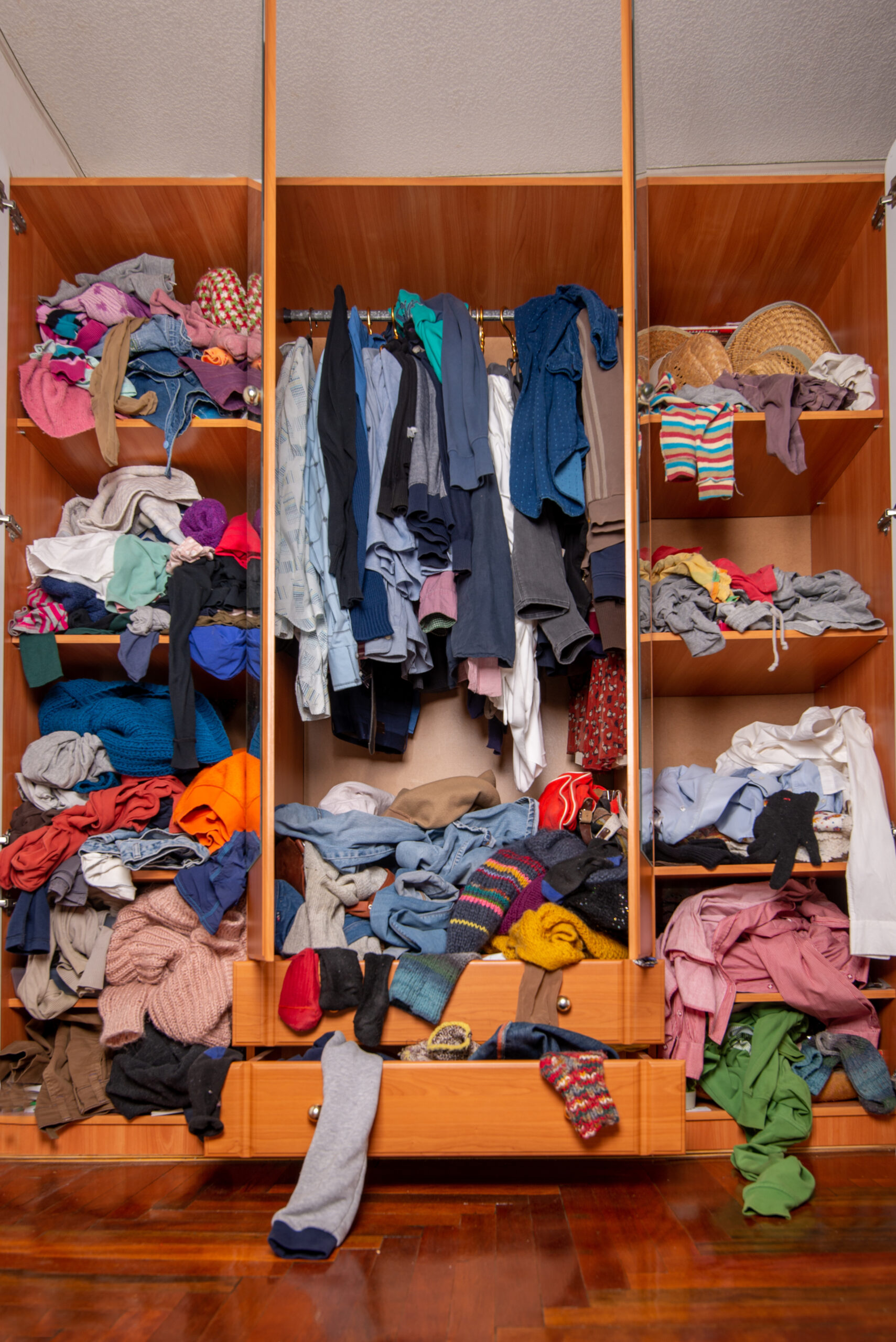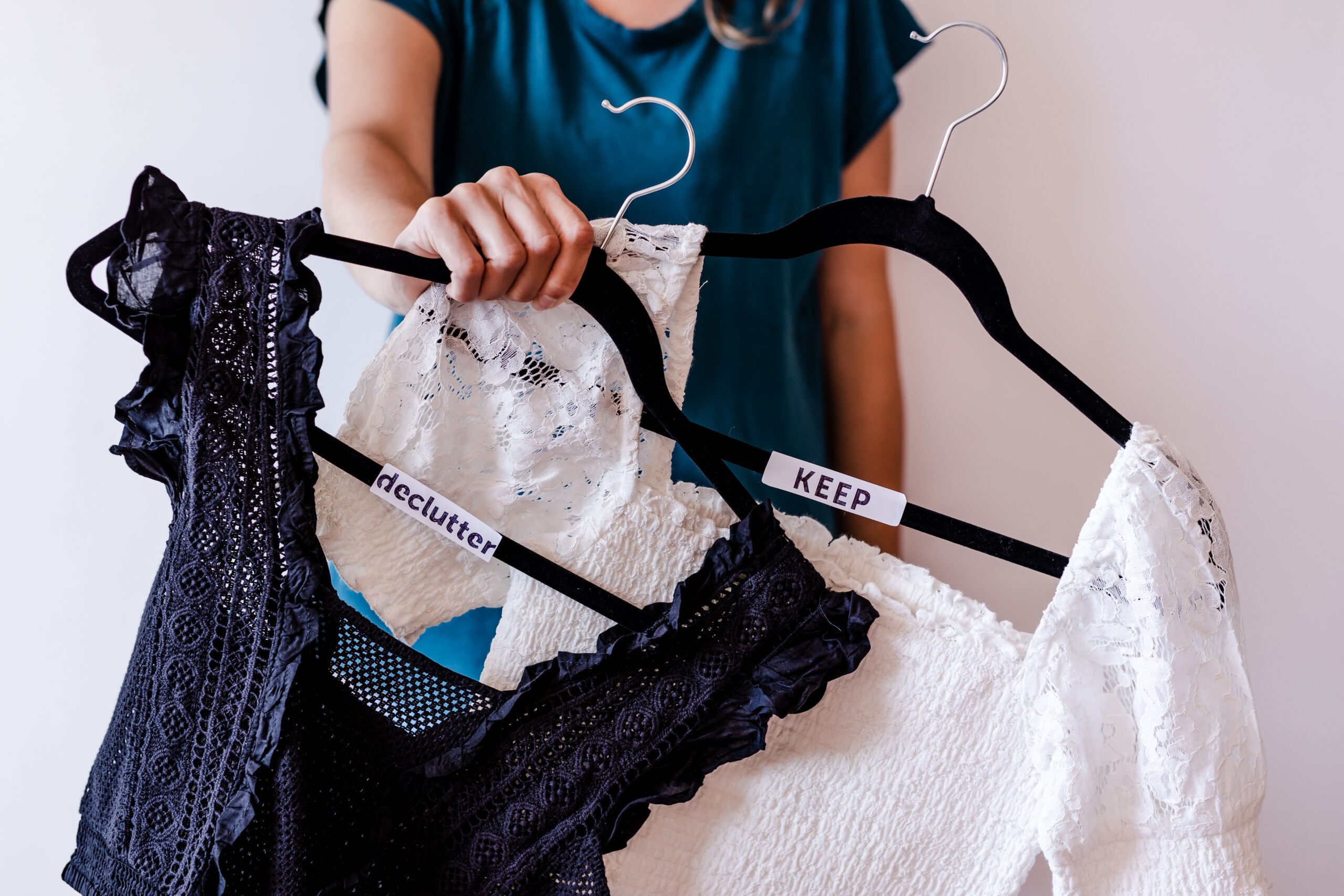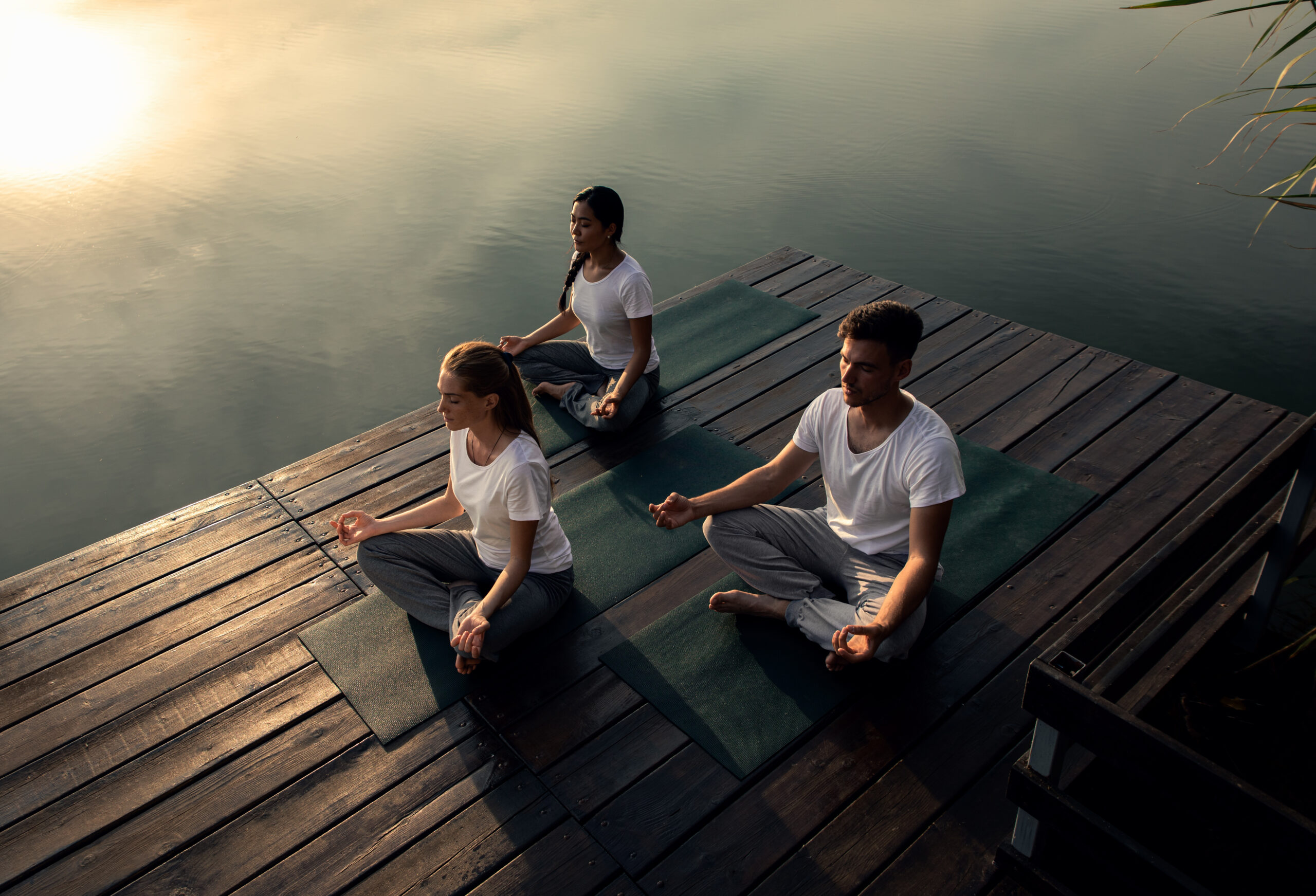“Anything that you possess that does not add to your life or your happiness eventually becomes a burden” – John Robbins
Sometimes, more is not more. The happiness of shopping and acquiring new desired possessions does not offset the emotional burden of dealing with the resultant clutter. An entire industry dedicated to storage and organization has sprung up as the influence of social media takes hold of the masses and drives up consumerism. Now, the art of decluttering is more important than ever in this world where the wants trump the needs and excesses of everything – materialism, wealth, information, and entertainment are seen as a sign of success.
“Some things cost way more when we keep them.” – Neeraj Agnihotri
All-embracing
Decluttering refers to the process of editing every aspect of one’s life – material, emotional, mental, and even spiritual. The process of decluttering does not simply mean putting things away. Rather it subscribes to a spiritual philosophy of examining our life, weeding out possessions and habits that are not useful or don’t bring us joy. It means having clarity of thought. How much is too much? What sort of flow and purpose of space we want in our home? Where would we like to spend more of our time and energy? What sort of information do we seek to fill our minds? How much media content are we consuming and do we really need it? Is our social life serving our needs? What is the nature of our existing relations with the people we love the most?
Answering these questions honestly would also mean a closer examination of our priorities – once we realize that time is our most precious resource, we can edit and declutter our life to make the most use of the limited time that each of us is born with.
The Benefits
“What I know for sure is that when you declutter – whether it’s on your home, your head, or your heart – it is astounding what will flow into that space that will enrich you, your life, and your family.” – Peter Walsh
Decluttering requires a decisive shift in thinking. One massive effort to edit with mindfulness can be the gift that keeps on giving:
Function and Organization: The most obvious reward is a well-functioning home with things categorized and put away in their assigned spaces. The joy of living in a clean, uncluttered space with the knowledge of where everything resides, so no hunting or searching is required, lives on forever. Once this stage is reached, one cannot revert back to living in a mess.
Clear thinking, happy living: Marie Kondo, probably the best expert on decluttering on the planet states that decluttering and organizing spaces can lead to a permanent shift in perspective and lifestyle. It positively impacts human psyche and reduces stress and anxiety, improves sleep patterns and decision making capability and, increases productivity.

Save time and money: The habit of decluttering and tidying up also saves money and time as it leads to better shopping decisions and organization time. Informational decluttering helps to develop constructive time spending habits on social media and entertainment.
Conserve the planet: Fast fashion waste – throwing away of fashion apparel after 7 to 10 usages is the leading culprit of 20% of the global water wastage. More than 2000 garments are thrown into rubbish every second in US. All over the world garment waste is not recycled, but simply ends up in landfills. 10% of microplastics in our water table and our stomachs (microplastics are too small to be expelled) comes from polymer based active wear – sneakers and gym apparel. All this can be reduced if we learn to declutter and stop buying more to simply, and eventually, waste it.
Major Decluttering methods
With benefits so big and the need so dire, a lot of experts have risen to the occasion and brought advise to the art of decluttering:
KonMari: Bringing the term ‘decluttering’ to the masses, the author of four very successful books and shows on the subject, Marie Kondo had developed the ‘KonMari’ method based on the Shinto religious philosophy – treasuring what one has, treating the objects owned as not disposable but valuable, no matter their actual monetary worth, and creating displays so one can value each individual object.
Simple to understand, complex to execute, Marie advices decluttering by category rather than location. Walking through the entire house, make a pile of objects belonging to a category (eg – clothes). She suggests keeping the things that ‘spark joy’ (‘tokimeko’ in Japanese). Then Marie says to look for a place to arrange each object making sure it returns there after every use.

Swedish death cleaning: While Marie’s approach is gentle and loving, the Swedish death cleaning method rips the band aid in one go. The term is coined by Swedish author, Margareta Magnusson. She advises that people older than 65 should start to ruthlessly downsize their possessions by either donating, selling or gifting in order to reduce burden on family to clear out their stuff post death. Sounding harsh at first, this method has garnered appreciation from all ages and younger generations are also willing to try it. It especially targets mementos, souvenirs and objects attached to memories.

Vaastu Shastra: The ancient Indian science of architecture and design, it is primarily used to plan the construction, layout and interiors of Indian homes to ensure correct energy balances, harmony with nature, geometrical alignments and adding the right elements. A strong tenet of Vaastu is removal of clutter to invite fresh energy. It stresses on have long spines of light at home, by opening of the center of each room and removing clutter from hallways. Vaastu Shastra also stressed on visual appeal of every object and element of a dwelling. ‘Own useful things that are also a treat visually’.
Hygge: A Danish concept translating to ‘Contented Coziness’, this is a way of living rather than simply decluttering. The northern country receives very little sunlight during winters and home becomes a refuge for months during harsh weather. Using Hygge, the home is decluttered and then arranged in way to bring out comfort, nostalgia and openness.
People older than 65 should start to ruthlessly downsize their possessions in order to reduce burden on family to clear out their stuff post death
To Have or To Be?
Dangerously overlooked, the most cluttered space in our life is our mind. With information overload and the unwise use of social media, each and everyone of us are combating the side effects of mental and emotional clutter. A spike in anxiety, stress and feeling of overwhelming pressure is an everyday occurrence as a result of the constant grind of living at a fast pace and keeping up with trends.

German psychologist and thinker Erich Fromme had stated that there are two modes of living in this world – The mode of ‘having’ and the mode of ‘being’. One’s peace of mind depends on which mode one exists in. In the mode of having, one views the world as a place to acquire more – things, knowledge, success, love – yes, it is commodification of everything, even feelings. So the self-worth of the individual gets tied up in his success to acquire and own more.
In the mode of being, the individual focuses on the present, while being a part of a society, culture and family. This encourages more dutiful behaviour towards the group, lesser dependence of materialism and overall attention on experiences, relations and feelings.
Clearly, we all understand which is a better mode of existence. So how do we make the switch?
Meditation: The Saints’ and Mystics’ answers to worldy problems, meditation is timeless practice that brings peace, balance and everlasting joy.
Buddha, the enlightened one has said – ‘The end of desire is the end of sorrow.’
Meditation promotes a state of desirelessness by calming the mind and focusing on the present. A single moment when the mind is free of thoughts and desires is more restful and joyous than days of sleep.

Self-Journaling: Editing thoughts is an excellent way to declutter. Writing down the negative thoughts can purge them from the mind. Similarly, writing down the desires one has can help edit them to get over the urge. Recording unethical dealings throughout the day is also an excellent tool for introspection and shifting towards mindfulness.
Spiritual Decluttering: Religions of the East like Taoism, Hinduism, Shintoism, Buddhism focus of developing discipline, discharging worldy duties and lead towards a life of renunciation as one grows older. This expectation built a life free of excessive need for possession and stress. The Hindu Vedas or scriptures describe the four clearly defined phases or ‘Ashrama’ of a human life – ‘Brahmacharya’ or a bachelor student phase where a child becomes a student and learned through education and experience.
‘Grahastha’ or marital phase of responsibilities, marriage, having children, raising and running a household.
‘Vanyaprastha’ or retirement phase to hand responsibilities over to the next generation and disengage from worldly affairs.
‘Sannyasa’ or renunciation phase where worldly desires, prejudices and attachments are left behind and a spiritual life for liberation is led.
Modern Minimalism
While such extreme life choices are not common today, there are a lot of things that we can undertake to lead better, more organized lives. Like the 15-object challenge that was devised to see if a person can survive on just fifteen items that included phone and laptop along with basic necessities. The 20-20 challenge that stated that discarding items makes more sense rather than hoarding them. It is possible to replace the discarded item within twenty minutes, under twenty dollars. Shockingly, many people found it to be true.
All of these exercises led to the same conclusion, today we hoard a lot more than we actually need. We spend time and energy to gain these things. To truly declutter our life, the mind needs to be conditioned to form organized habits. Ultimately, the habit of decluttering can lead to a level of sophistication in thinking that is high and living that is simple.
“Edit your life frequently and ruthlessly. It’s your masterpiece after all.”—Nathan W. Morris.


